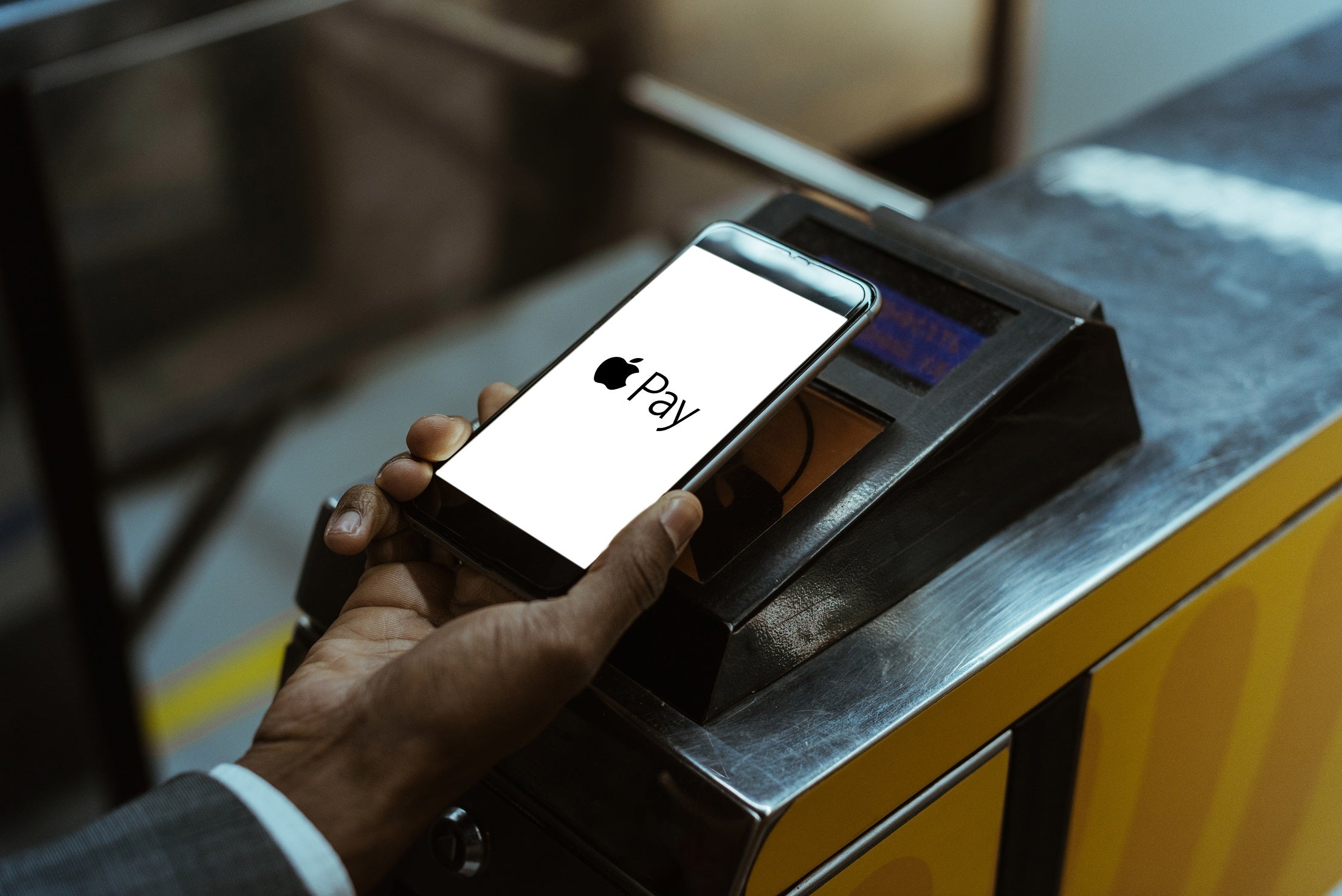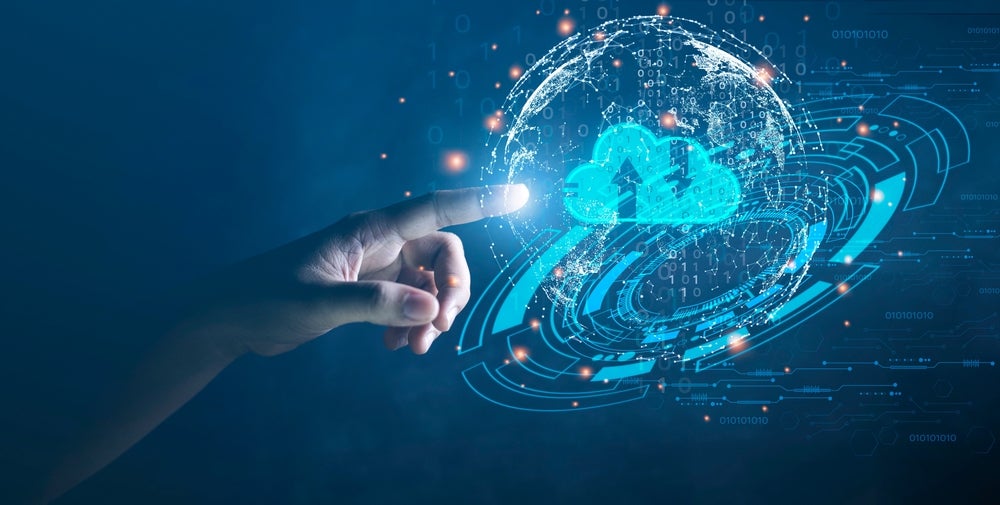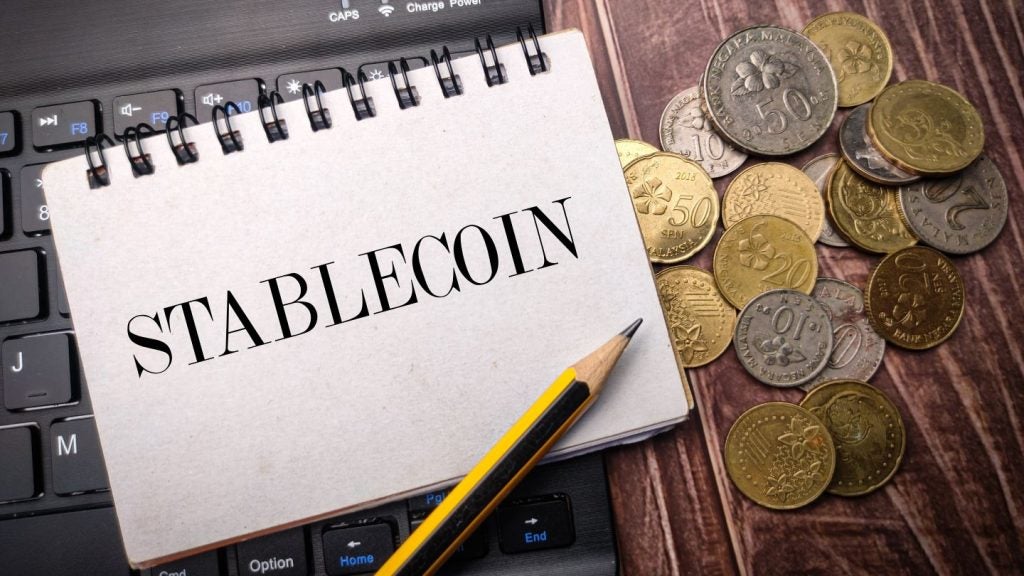
No cash, no problem with Starbucks cashless payments. The coffee chain giant continues to promote cashless solutions in its store around the world.
Going cashless, especially in high-volume locations, could help Starbucks boost growth. It’s absolutely no secret how popular the coffee chain giant is and consumers regularly adopt their incentives.
As more Starbucks customers pay for their drinks with their phones, the company must work to accommodate this behaviour. Leveraging cashless ordering will increase the number of times consumers visit the coffee shop.
The added value of this is faster queues, quick turnaround and no need to fumble around for cash.
Starbucks cashless payments: cashless stores growing
The coffee giant is testing a cashless store in the US city, Seattle. At the moment, this is to see how digital payments affect customer behaviour and experience.
Starbucks said it added 1.4 million Starbucks Rewards members in the US in the last quarter of 2018, raising its total number of members to 14.2 million.
The Starbucks cashless store will allow cash tips but obviously no cash transactions.
A number of restaurants and retailers are going fully cashless, though they’re mostly located in major metropolitan areas.
In South Korea for example, cashless stores are really taking off. In October 2018, Starbucks Korea announced that it will start cashless operations at 403 outlets here. This is on top of the current 103 such stores.
Declined use of cash encouraged Starbucks to start off testing more cashless operations.
It is pioneering of Starbucks to be on the frontline of these experiments but it’s highly unlikely that the chain will completely eliminate cash due to the adjustment it would require on the part of the consumer.
Starbucks app vs Apple Pay users
Globally, mobile wallets are taking off. In Canada, research by Technology Strategies International found that the percentage of Canadian smartphone owners who have made in-store mobile payments at merchants other than coffee shops is just 5.1%.
Furthermore, Starbucks cashless payments are the bulk of those coffee shop transactions. Using mobile wallets like Apple Pay, Android and also the Starbucks mobile payment system is now the main way to grab a hot drink.
In addition, Starbucks has an edge up on other chains as it is available on both mobile operating systems, whereas its competitors are often limited to either Apple or Android devices.
However, the Starbucks app is really giving Apple Pay a run for its money. Now, obviously Apple Pay has a much wider payments reach. In May 2019, Apple Pay announced that it will launch its mobile payment platform for cardholders in 16 additional countries in Eastern Europe. However, it seems that for Starbucks, its own app is leading the way.
The Starbucks app lets users pay with their phones and earn credits toward future purchases. That usage is significant: Starbucks said its mobile order-and-pay system accounted for 12% of all US transactions in the quarter ended April 1 2018.
By the end of 2018, Starbucks amassed over 23 million users in the US who have made an in-store mobile payment in the previous six months, according to eMarketer’s estimates.







